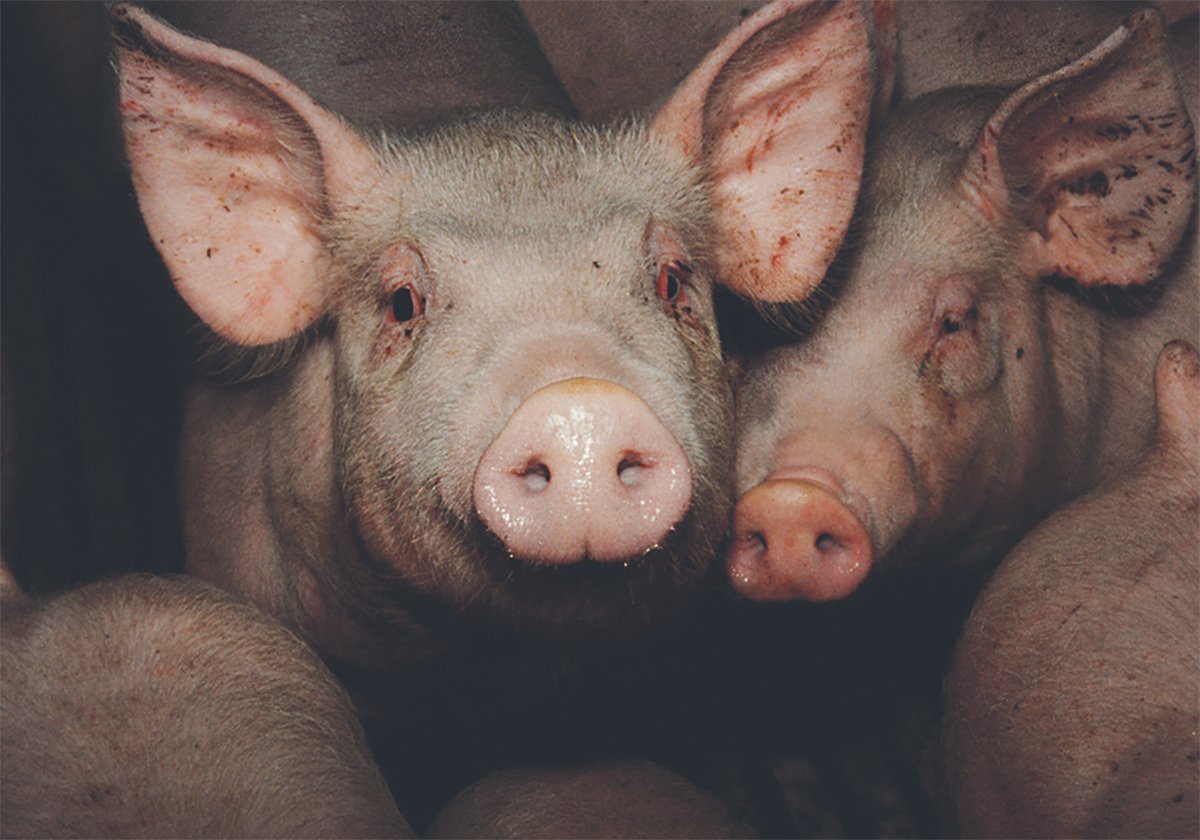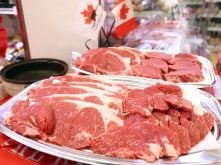CALGARY – A farmer goes out to the pasture to count the herd and a few cows seem to be missing, but there’s a lot of brush around and he decides they’re probably around somewhere.
The missing stock isn’t reported to the RCMP for several months. By that time the trail is cold and the cattle are probably in somebody’s deep freeze.
“We know there’s a lot of cattle that go missing and aren’t reported,” said Cpl. Emil Smetaniuk, who works with Cpl. Tim Woods as an RCMP livestock investigator in Alberta. They have split the province along Highway 12 with Woods handling the northern section of the province and Smetaniuk covering the south.
Read Also

The Western Producer Livestock Report – October 30, 2025
Western Producer Livestock Report for October 30, 2025. See U.S. & Canadian hog prices, Canadian bison & lamb market data and sales insights.
“Unless it is found very quickly, you can kiss it goodbye, unless you are very fortunate,” Smetaniuk said.
He and Woods explained the breadth of the problem in Alberta with its thriving livestock population at a recent Rural Crime Watch workshop in Calgary.
Rural Crime Watch is a province-wide network that helps people on the farm protect themselves and their neighbors from thefts, vandalism, trespassing and poaching.
The mounties realize it can be difficult to get an accurate count of all cattle in a pasture. However, 1,700 cattle were reported missing in 1995 and 1,200 missing head are still on the books from 1994.
The police try to encourage people to report more suspicious losses because not only cattle go missing, but valuable saddle horses disappear from riding stables as well.
Two horses and a trailer disappeared from a pasture in Calgary just off Barlow Trail N.E. Four horses were stolen overnight from a stable at Cochrane, near Calgary. Five horses were taken from Sherwood Park, on the outskirts of Edmonton, and were recovered in Ontario.
“Distance is not a problem any more,” said Smetaniuk.
Livestock theft is a Criminal Code offence punishable by a maximum term of 10 years in prison. But there is no minimum term, Smetaniuk said. A convicted thief can get a suspended sentence or a day in jail.
To mark livestock, branding still works best. Brand inspectors checked 4.5 million animals in Alberta last year. A computer microchip is a good secondary identification but there aren’t enough compatible scanners available to correctly identify an animal, he said.
Tips to keep track of livestock:
- Check livestock often. If one seems to be missing, follow up quickly. A delay means evidence disappears.
- Watch spots where cattle could get out. People with oil drilling activity on their land should check access gates regularly. Lock the gates and check for downed fences.
- If a neighbor’s cow is found in the pasture, call the neighbor. Stray animals don’t mean “finders keepers.” If the stray isn’t reported to the RCMP or a brand inspector within seven days, a farmer could be charged with harboring a stray animal. If the proper owner isn’t found, the animal could be eventually sold and the money turned over to the government. If the owner is found, the finder is entitled to compensation if the animal caused property damage.
- Keep accurate records of calves in spring.
- Local butchers should keep records and ask questions about the sources of beef brought to them.
- If strange vehicles are noted in the area, get the licence number.















